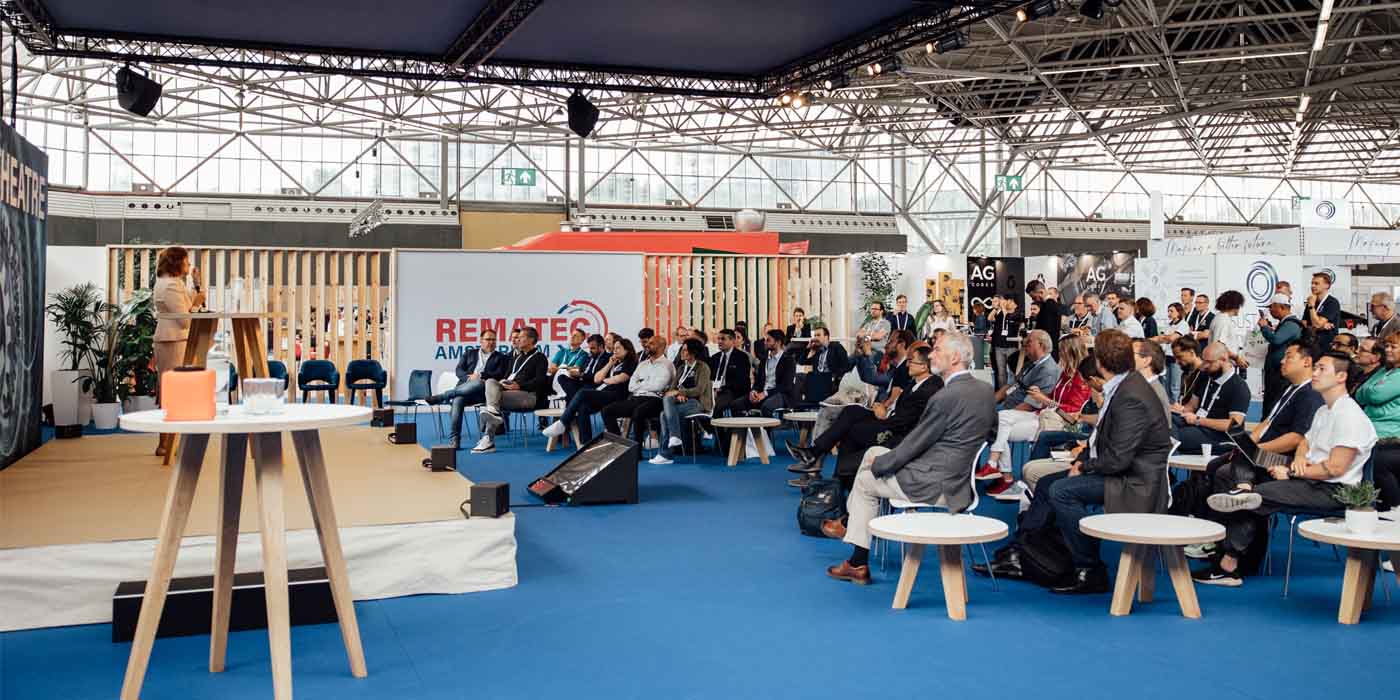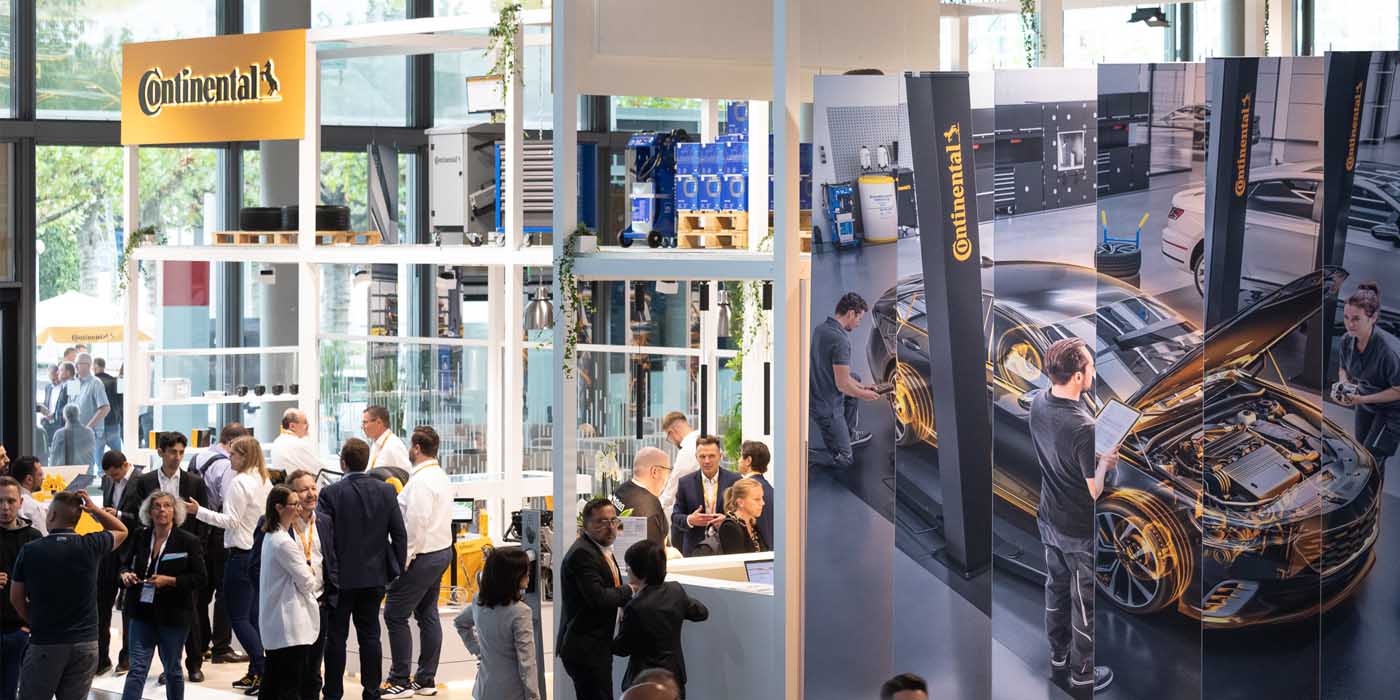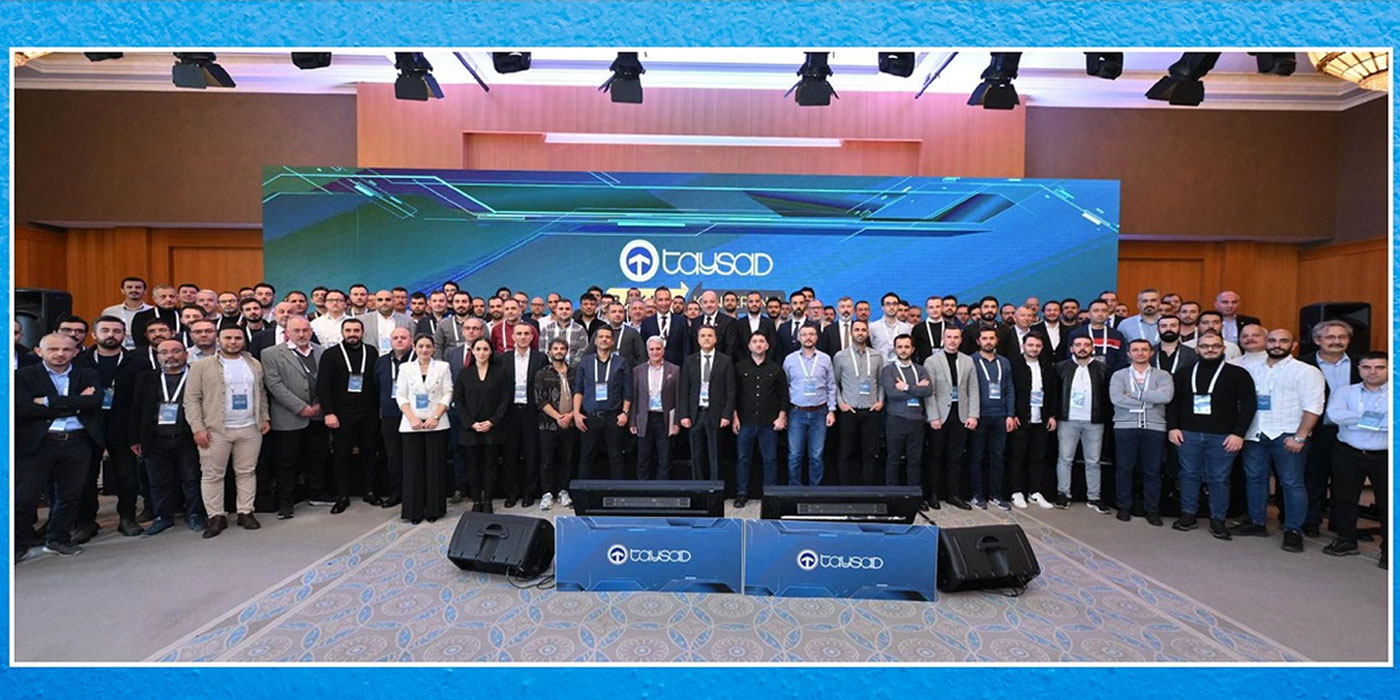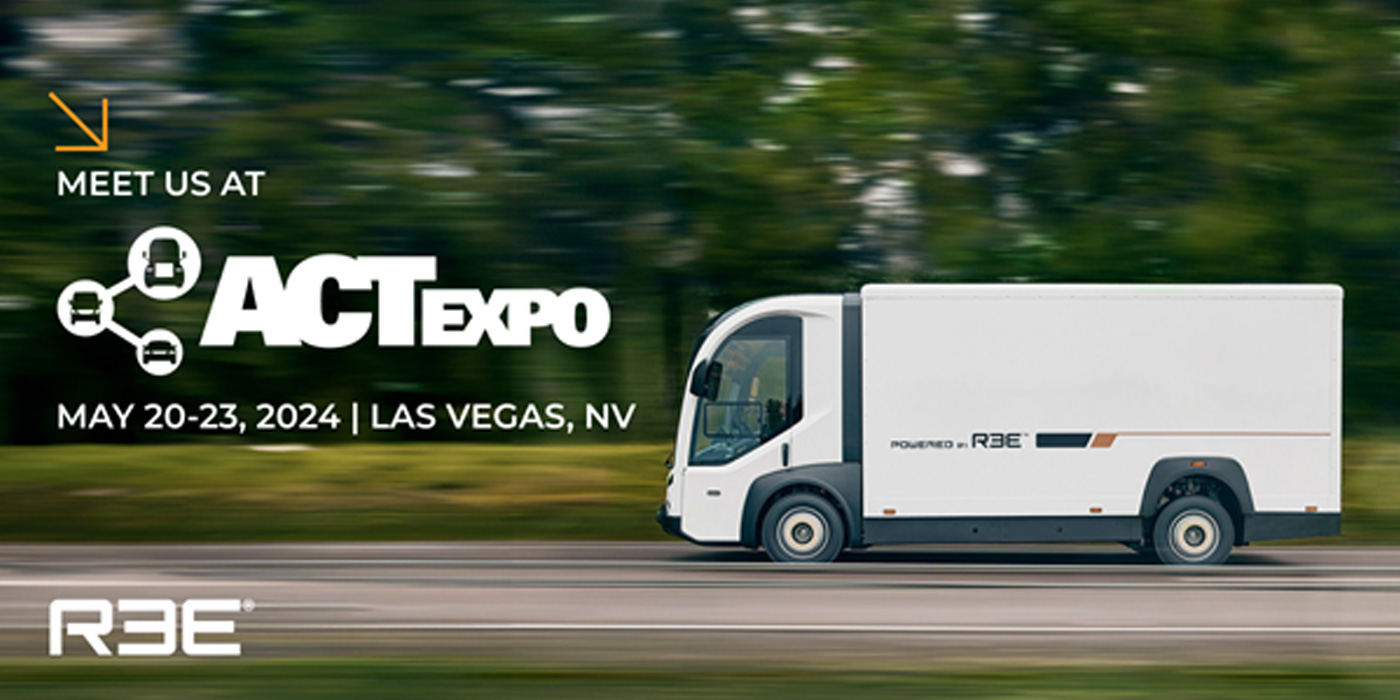
Editor’s note: When we heard the news that automotive manufacturing equipment was being sold off from the final remaining auto manufacturing plants in Australia, we reached out to our friends at the Australian Automotive Aftermarket Association (AAAA) for an update on the market. The winds of change could bring with them significant opportunities for the automotive aftermarket in Australia. Below is a firsthand report from AAAA.
Written by: Paul Marinelli
When the two remaining Australia-based car manufacturers close the doors of their local factories in late 2017, Australia’s automotive aftermarket industry will become the nation’s largest automotive manufacturing sector.
For some years now, the Australian automotive aftermarket industry has worked solidly to place itself in a strong manufacturing and marketing position both within the local market and as a strong global exporter.
The Australian automotive aftermarket sector is well-prepared and ready to lead a revamped Australian automotive manufacturing industry that brings design ingenuity and manufacturing excellence to the fore, geared to service a truly global marketplace.
There are 260 Australian Automotive Aftermarket Association (AAAA) member companies that design and manufacture automotive products locally, with approximately 65 percent of these companies (170) actively exporting automotive products to wide and varied global markets. This equates to the generation of $5.2 billion worth of business annually, accompanied by strong year-on-year growth.
The Australia automotive aftermarket manufacturing sector alone employs some 21,000 people directly and generates export income of around $1 billion per year, purely from locally manufactured product. These export markets also are continuing to grow as more international customers are exposed to the quality engineering and precision manufacturing of automotive components and accessories that emanate from Australia.

According to AAAA Executive Director Stuart Charity, the Australian automotive aftermarket industry is set for an exciting future.
“Our industry is ready to become the automotive manufacturing sector in this country and our manufacturers have prepared extremely well for the end of Australian vehicle manufacturing. While some Australian aftermarket manufacturers were suppliers to the local car manufacturers, the vast majority of our products are sold to customers outside of the car companies and their franchised dealer networks.
“These companies are designing and manufacturing premium-quality aftermarket products that are world-class, which is proven by the local and international sales success that these businesses are generating,” added Charity.
With key automotive aftermarket product export markets currently throughout Asia, Europe, Middle East and the U.S., Australian automotive aftermarket product manufacturers also are successfully exploring potential new markets. This is to cater for the increase in global demand for highly specialized automotive aftermarket components, which is taking place in tandem with consistently strong global sales for highly customizable vehicles such as SUVs and four-wheel-drives.
Another factor working in the favor of Australian and international automotive aftermarket manufacturers is the rise of global vehicle platform-based car manufacturing. This cost-saving measure by many of the world’s car manufacturers has opened the floodgates for new opportunities in the development of accessories and safety enhancing or performance based modification products. In most cases, these products are initially developed for the local aftermarket and are then made available to international markets.
Furthermore, the innovative product development and manufacturing capabilities developed by these Australian automotive aftermarket manufacturing companies has led some to successfully diversify into non-automotive industry sectors, including rail, defense, mining, marine and general industry.
All of this development and growth has continued despite the closure or impending closure of three Australia-based, foreign-owned car manufacturers’ (Ford, Toyota and GM-Holden) manufacturing operations, accompanied by strong import penetration of aftermarket products.

“The Australian automotive aftermarket manufacturing industry has been able to grow despite the challenges that it faces by making the decision to move up the value chain. That is, to progress from service parts to high value, specialty aftermarket products that provide distinct technological and performance advantages,” said Charity.
“This has required significant investments by these Australian companies in research and development, along with plant and equipment, accompanied by highly expensive international testing procedures to ensure rigorous Australian and global road safety and performance compliance.
“The results have been outstanding, with new or significantly improved Australian-designed and manufactured automotive aftermarket products now available globally. These products are being actively selected due to their innovation, quality, safety and performance enhancement advantages, as opposed to these customers opting for the lowest cost alternative,” added Charity.
As the shutdown of local car manufacturing rapidly approaches, the AAAA is advocating for the Australian government to assist in funding some much needed infrastructure to support the future growth of the Australian automotive aftermarket manufacturing sector. Australia is country of just more than 24 million people and still has a thriving automotive industry that has transitioned away from building cars at a loss.
The new Australian automotive industry is all about the design and manufacturing of innovative components that improve vehicle safety, fuel efficiency, performance, comfort and aesthetics, manufactured and sold at a profit to local and global markets. Therefore, as has been clearly proven in recent years, automotive aftermarket product innovation and development is the key to continuing and significantly growing Australia’s automotive aftermarket industry’s local and international success.
An encouraging development was announced by the Australian government in the most recent Federal Budget in May 2017. An “Advanced Manufacturing Fund” has been established to support the development of specific industry “Innovation Labs” to assist businesses in developing new products for local and global markets. This was a concept introduced to the Australian government by the AAAA, with a study visit to the U.S. having played a significant role.
“The AAAA first proposed the initiative of creating an Automotive Innovation Lab to Australian Federal and State Governments back in 2014, following our study visit to the highly successful SEMA Garage the United States. On our return to Australia, we gained the support of 25 automotive component manufacturers to fund a feasibility study, the results of which clearly outline the strongest possible case for some of the Australian Advanced Manufacturing Funding to be directed to the establishment of an Australian Automotive Innovation Lab,” said Charity.
“This will be the key to the major future growth of the Australian automotive aftermarket manufacturing industry. The Innovation Lab concept is a real world, highly practical industry led solution that is backed by detailed case studies, the counsel of our own successful AAAA manufacturer member businesses and global automotive aftermarket component product demand research.
“It is a concept that can significantly reduce product design timelines and bring enormous benefits to local automotive component manufacturers who are currently sending people overseas to use similar facilities. There is no doubt that the introduction of an Innovation Lab to support the Australian automotive aftermarket industry will almost immediately deliver results if it is overseen by automotive aftermarket industry manufacturing experts,” said Charity.
So, if you hear that automotive manufacturing in Australia no longer exists, this is far from the truth. While cars may not be assembled in Australia after the end of this year, the automotive aftermarket product manufacturers in the land down under are constantly developing, perfecting and exporting world leading products to a constantly growing global market. Armed with the support required to be able to develop new and innovative automotive aftermarket products, the future for the new Australian automotive industry is looking bright.
About the Author:
Marinelli’s 22-year-old company is a leading Australian automotive aftermarket industry supplier of media, marketing and communications services.














